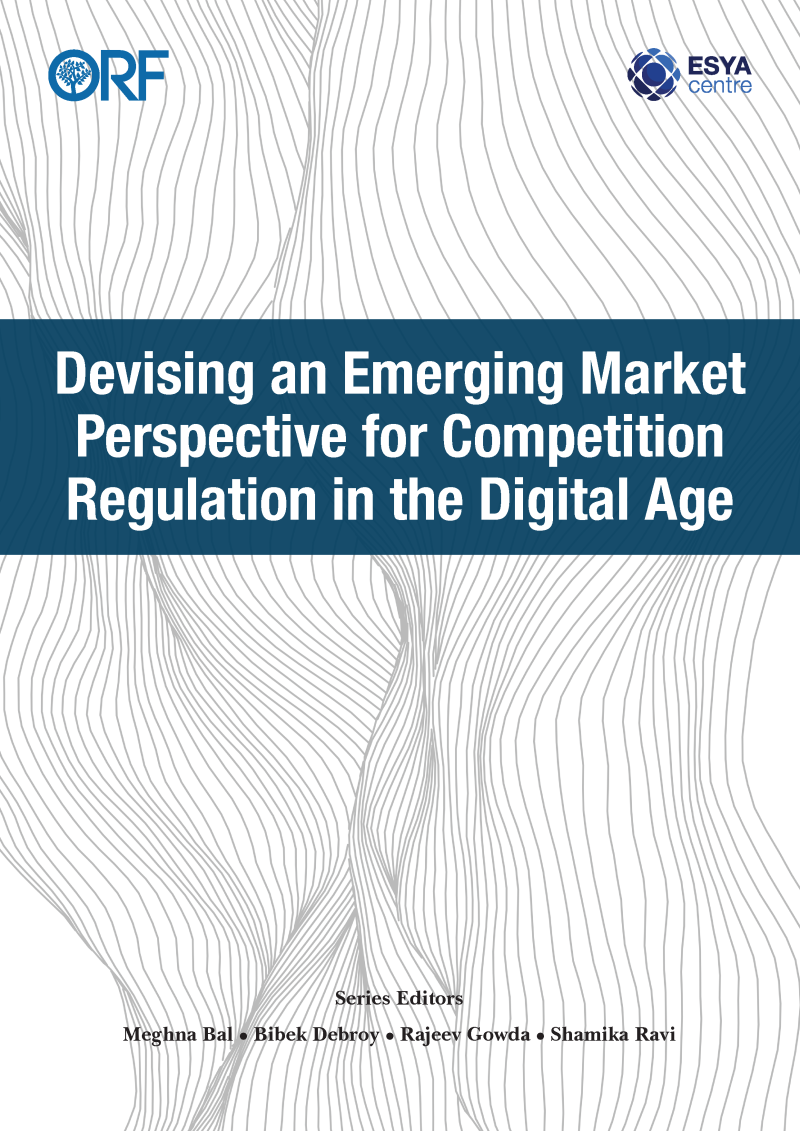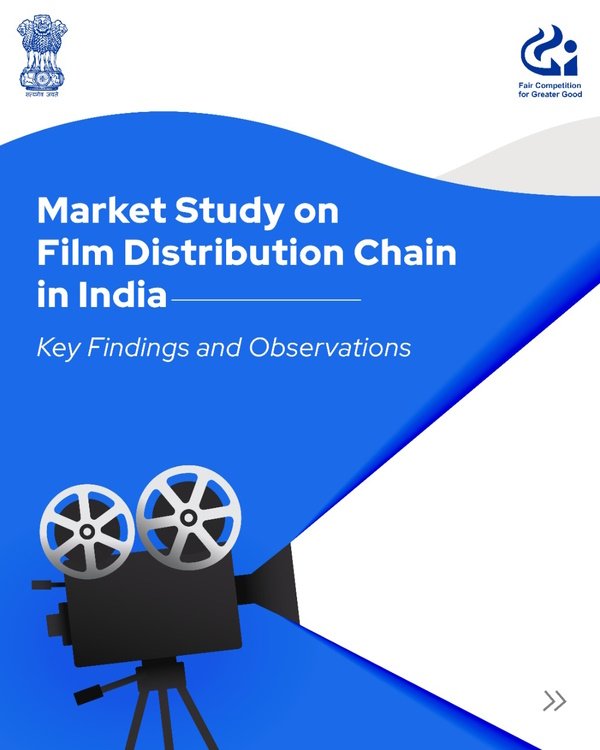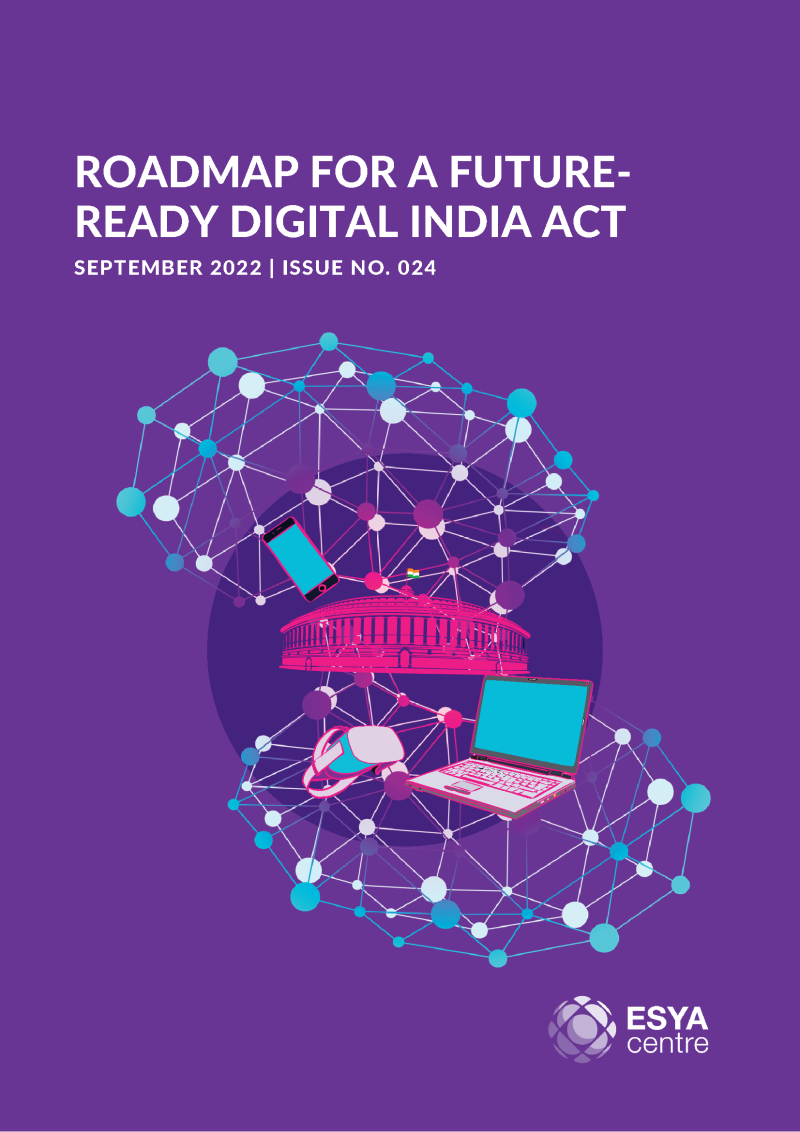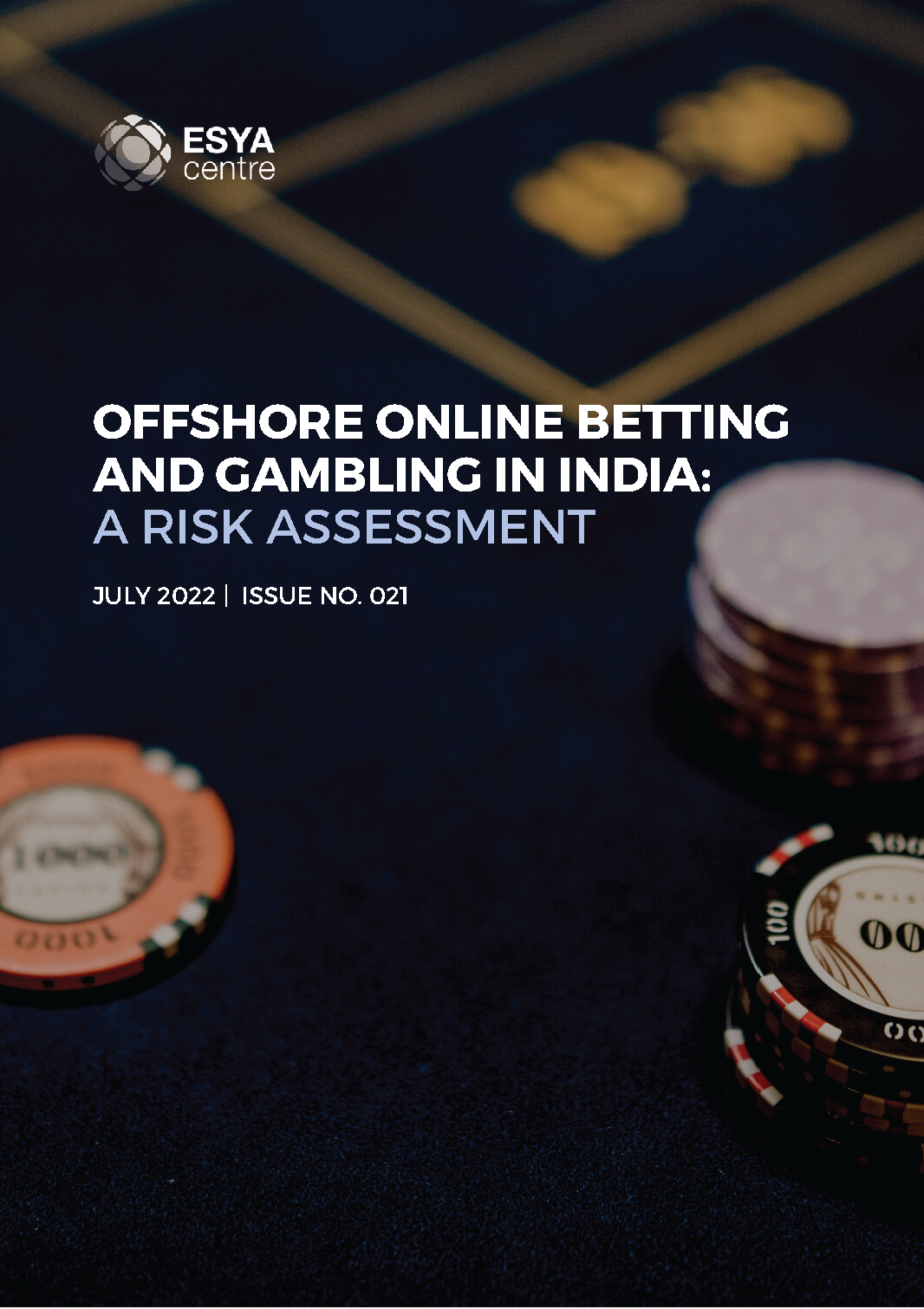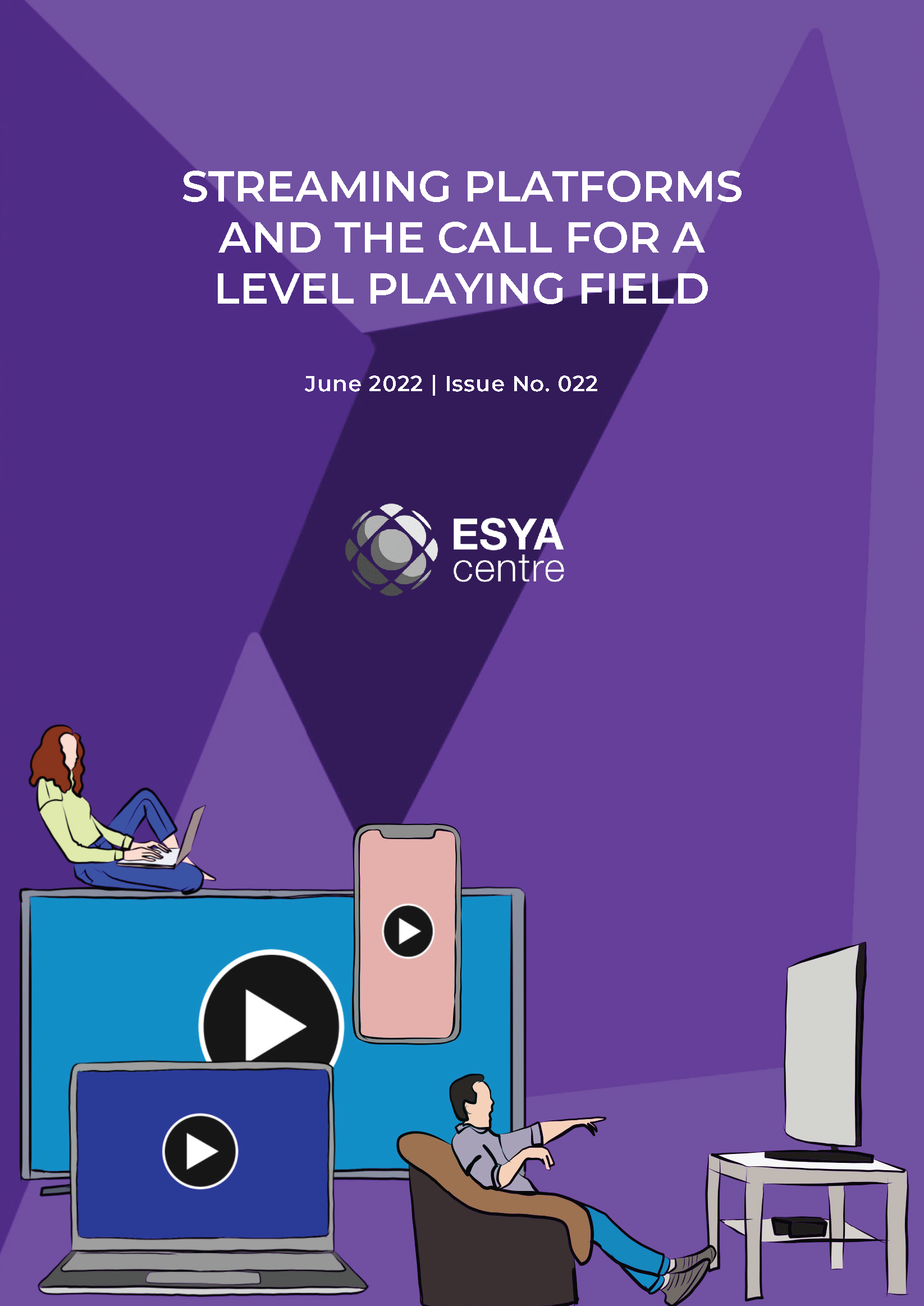Description: The Ministry of Electronics and Information Technology (‘MeitY’) released proposed amendments to the Information Technology (Intermediary Guidelines and Digital Media Ethics Code) Rules, 2021 (“Rules”) on 2nd January 2023. The draft amendments bring online games and online gaming intermediaries within the scope of the 2021 Rules. The draft amendments establish a self-regulatory framework for online gaming. The adoption of a self-regulatory framework for online gaming reflects an emerging consensus on the suitability of industry self-regulation for digital technologies.
Self-regulation is preferred in digital industries as it tends to be more agile and responsive to technological change than government regulation. In response we put together a template code of conduct to provide a framework that self-regulatory bodies can adopt to govern their functioning.
Attribution: Code of Conduct Template for Self-Regulatory Bodies in Online Gaming. Issue No. 106, February 2023, Esya Centre.








